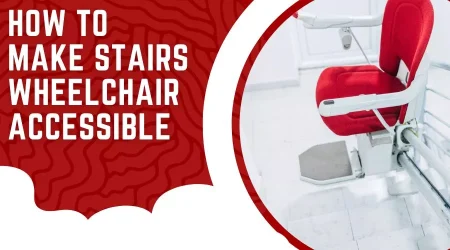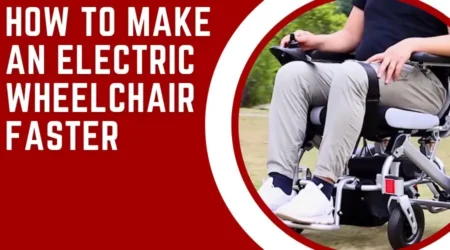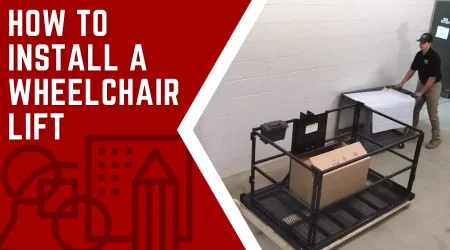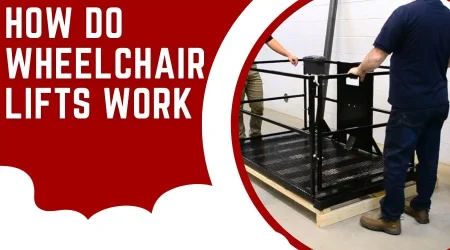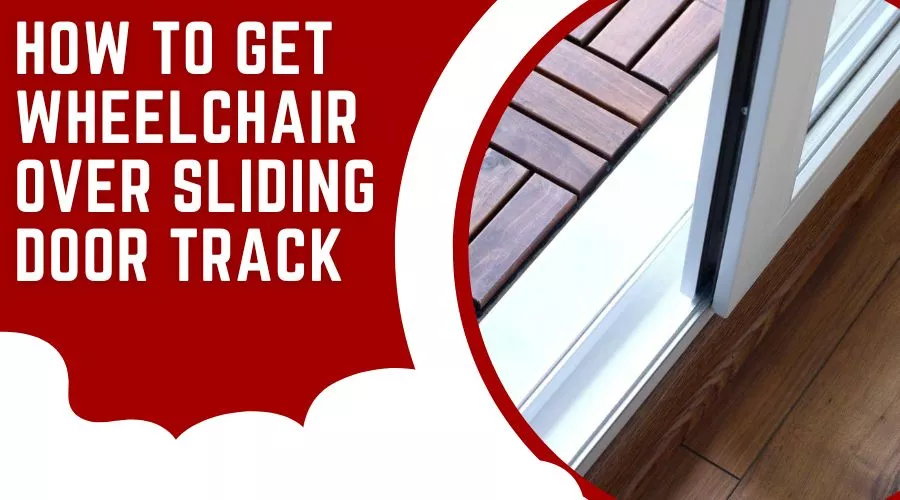
How to get wheelchair over sliding door track?
As a wheelchair user, navigating sliding door tracks can be a challenge.
Sliding door tracks are often found in public places, such as offices, airports, and shopping malls.
They are designed to be easily accessible, but they can also be tricky to navigate with a wheelchair.
In this guide, I’ll go over everything you need to know about sliding door tracks, including the different types of tracks, the benefits of using them, the challenges of using them with a wheelchair, step-by-step instructions for navigating them, tips for success, and what to do if you get stuck. Let’s get started!
Understanding Sliding Door Tracks

Sliding door tracks are a type of door system that consists of two panels that move along a track.
The track is typically made of metal, but it can also be made of wood or other materials.
The panels are usually made of glass, but they can also be made of other materials, such as wood or aluminum.
The panels slide along the track, allowing you to open and close the door with ease.
They are often used in public places, such as airports, offices, and shopping malls.
Types of Sliding Door Tracks

There are several different types of sliding door tracks.
Benefits of Using a Sliding Door Track
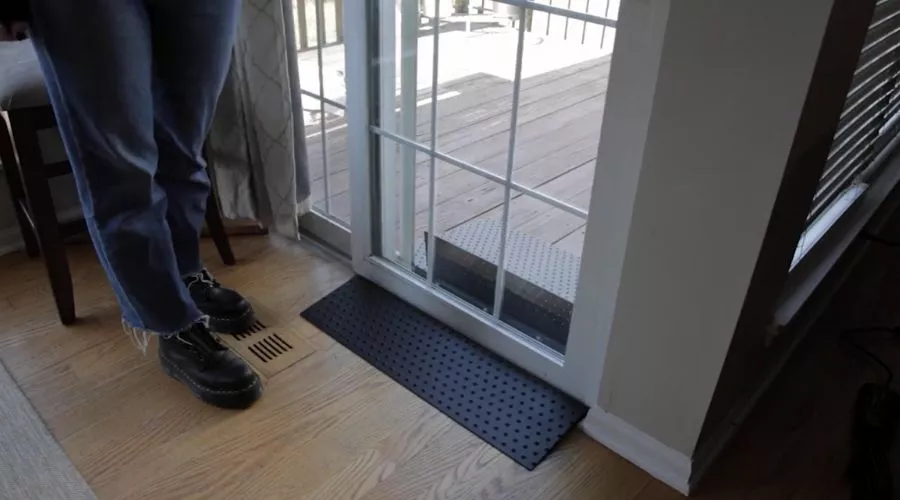
Sliding door tracks offer several benefits for wheelchair users. They are easy to open and close, and they don’t require any manual effort to open or close the door. They are also space-saving, as they don’t take up any space on the floor when the door is opened.
Furthermore, sliding door tracks are often designed to be wheelchair-accessible. This means that they are designed with the needs of wheelchair users in mind, making them easier to navigate.
Challenges of Using a Sliding Door Track with a Wheelchair

Although sliding door tracks can be beneficial for wheelchair users, they can also present some challenges.
One of the most common challenges is navigating the track with a wheelchair. The track is usually made of metal, which can be slippery and difficult to maneuver.
Additionally, the track is often set at a height that is higher than the ground, which can make it difficult to get your wheelchair onto the track.
Finally, the track may have a slight incline, which can be difficult to navigate with a wheelchair.
How To Get Wheelchair Over Sliding Door Track
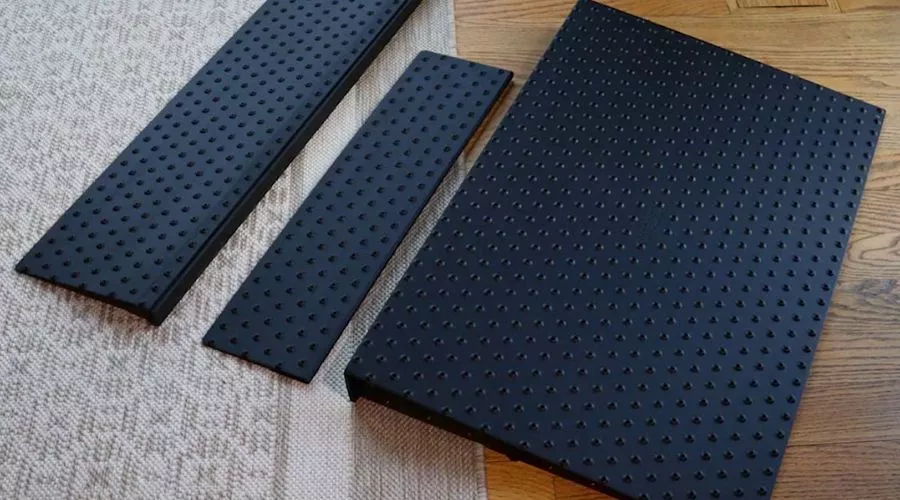
Navigating a sliding door track can be a challenge, but it’s not impossible.
Here are some step-by-step instructions for successfully navigating a sliding door track with a wheelchair.
Tips for Successfully Navigating Sliding Door Tracks with a Wheelchair

Navigating a sliding door track with a wheelchair can be challenging, but there are some tips that can help you successfully navigate the track.
Adjusting Your Wheelchair Position for Sliding Door Tracks

Adjusting your wheelchair position is an important step in navigating a sliding door track. Make sure that the wheels of your wheelchair are aligned with the track and that your body is centered in the wheelchair.
If the track is set at a height that is higher than the ground, you may need to adjust the height of your wheelchair so that the wheels are at the same level as the track. This will make it easier to get your wheelchair onto the track.
Dealing with Height Differentials
Height differentials can be a challenge when navigating a sliding door track with a wheelchair. If the track is set at a height that is higher than the ground, you may need to adjust the height of your wheelchair so that the wheels are at the same level as the track.
You can also use a ramp or a platform to bridge the gap between the ground and the track. However, it is important to make sure that the ramp or platform is stable and secure.
Common Mistakes to Avoid
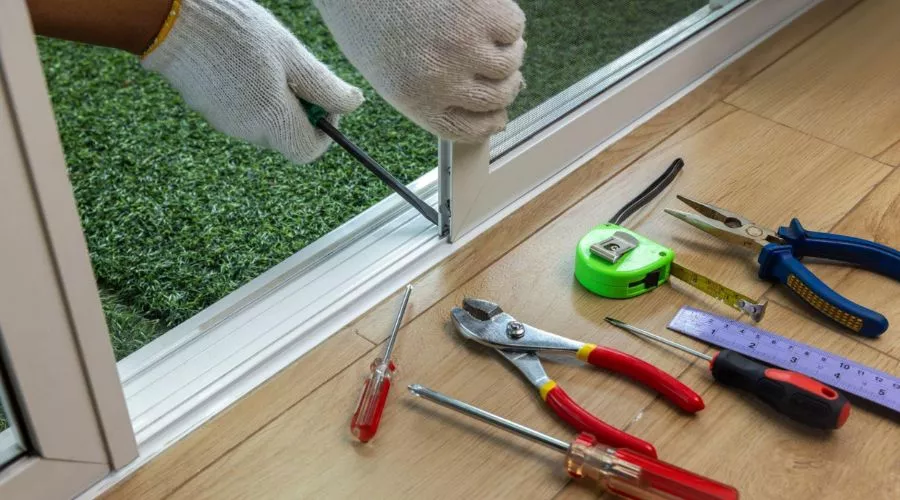
Navigating a sliding door track with a wheelchair can be tricky, but there are some common mistakes that you should avoid.
What to Do If You Get Stuck
If you get stuck while navigating a sliding door track with your wheelchair, there are a few things you can do.
Conclusion
Navigating a sliding door track with a wheelchair can be a challenge, but it is possible. In this guide, we went over everything you need to know about sliding door tracks, including the different types of tracks, the benefits of using them, the challenges of using them with a wheelchair, step-by-step instructions for navigating them, tips for success, and what to do if you get stuck.
By following the steps and tips outlined in this guide, you can be sure to successfully navigate a sliding door track with your wheelchair. So, the next time you encounter a sliding door track, you can confidently and smoothly maneuver it with your wheelchair.
If you need help navigating a sliding door track with your wheelchair, make sure to reach out to a friend, family member, or an employee for assistance.
Are you ready to start navigating sliding door tracks with your wheelchair? Try it today, and you’ll be a pro in no time!

![How Do People In Wheelchairs Drive An Automatic Car – [Updated 2023]](https://perfectwheelchairs.com/wp-content/uploads/2023/01/How-Do-People-In-Wheelchairs-Drive-450x250.webp)
